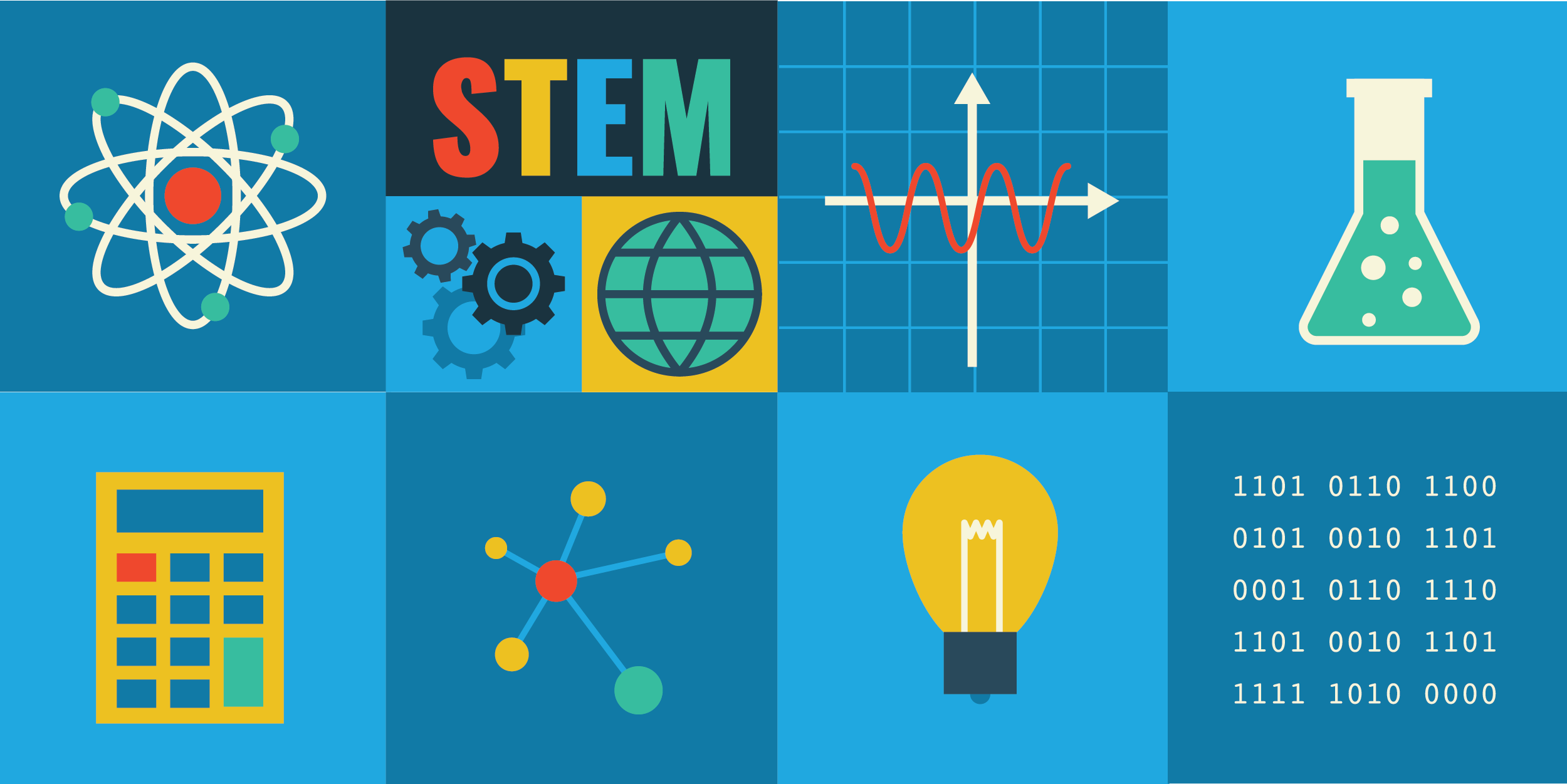Teacher & Classroom Resources | STEM
3 Strategies for Gaining Student Interest in STEM
Josh Witherspoon, a CTE marketing specialist, is a former Texas FFA state officer and Texas Tech graduate in agricultural communications. He leverages his expertise in content development, marketing, and CTE to showcase the successes of CTE educators and students and the value of iCEV.
Due to their natural curiosity of the world around them, it’s often easy to gain the interest of young children in science or math. However, their enthusiasm and interest in science and math often begin to wane as students move from their elementary years into middle and high school. As the demand for qualified and knowledgeable employees in the STEM industry continues to rise, the challenge for today’s educators is how to encourage students to follow their curiosity and interests in STEM into adulthood.
In this blog, we will discuss effective strategies for gaining and sustaining student interest in STEM as well as tips for planning activities and pedagogical approaches that will spark student curiosity in your classroom .
Experiential and Self-Directed Learning
To make science education truly valuable, students need the chance to apply what they’ve learned beyond textbooks, slide shows or worksheets. A University of Chicago study found that students who learn by doing understand STEM concepts more thoroughly and score better on tests than their book-based peers. By changing how students experience scientific concepts, educators can improve retention, encourage problem-solving and, most importantly, make learning science engaging and meaningful for students.
As a foundational component of CTE, experiential and self-directed learning offer immense value for today’s students. Instead of simply teaching concepts to students, find ways for students to discover concepts themselves through hands-on projects and activities. For example, teaching the concept of volume by using an equation becomes much more relatable when the lesson is accompanied by an activity where students use balls to fill containers of water to explore what the concept means in the real world. By incorporating hands-on and self-directed learning into today’s STEM classrooms educators are not only able to make learning STEM more impactful but also develop a growth mindset in students as they overcome challenges and make their own discoveries.
Connect STEM to Real Life
To effectively resonate with students and develop their interest in STEM, the curriculum should clearly demonstrate how concepts learned in class translate into real-life use. Today’s students make up generation Z, in which these students learn best when allowed the opportunity to understand the “why” behind what they learn. If students can’t connect what they’ve learned in the classroom with practical application, they are less likely to show continued interest, think creatively or problem-solve.
STEM is everywhere and is used regularly in everyday life in more ways than meets the eye for students. Science, technology, engineering and mathematics are integral facets of every activity and technology used today. STEM supports everyday life, from baking cookies and riding in a car to simple tasks like shopping or cleaning. As an educator, find these connections and use them to your advantage to help students understand the importance of STEM and how they connect with what’s being taught. STEM learning opportunities are extremely valuable in helping students understand the world around them and preparing them to solve the complex problems of the technologically advanced society of the future.
Competition and Collaboration
Any educator who has turned a teachable moment into a competitive game knows that doing so can help channel student energy in a more positive and focused direction and elicit full group participation far quicker than a typical lecture or slideshow. Competition in the classroom is known to encourage students to challenge themselves and work harder than they might normally in order to achieve a common goal as they work in teams. Creating opportunities for collaboration in the classroom must be done thoughtfully, so as to avoid the perils of group work. Collaboration is not just about having students work together in groups, but about truly embracing a classroom culture in which all students are valued in the learning process.
When planning to use competition for a lesson a best practice is to use cooperation to learn and competition to review. By using this best practice, educators allow students the opportunity to learn together and then challenge their knowledge after having learned or discovered something new alongside their peers.
Get Students Interested in STEM
Although gaining the interest of today’s students in STEM offers educators a whole new set of challenges. There are many impactful pedagogy strategies and classroom practices to engage and capture students’ curiosity regardless of their position along their academic journey. To learn more about gaining student interest in STEM or for more pedagogy resources to incorporate into your classroom, visit the iCEV STEM page:


